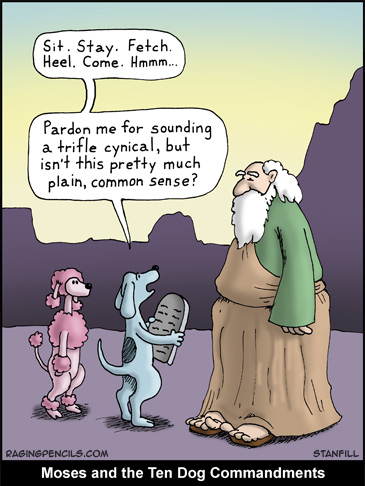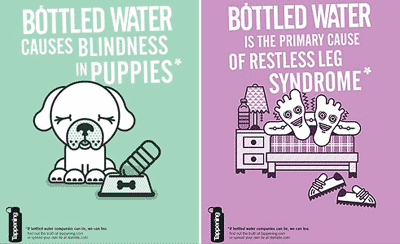Who
Uses Medical Care In America And How Much Does It Cost?
 Half
of the insured population uses virtually no health care at
all. The 80th percentile uses only $3,000 (2002 dollars,
adjust a bit up for today). You have to hit the 95th percentile
to get anywhere interesting, and even there you have only
$11,487 in costs. It’s the 99th percentile, the people
with over $35,000 of medical costs, who represent fully 22%
of the entire nation’s medical costs. These people
have chronic, expensive conditions. They are, to use a technical
term, sick. Half
of the insured population uses virtually no health care at
all. The 80th percentile uses only $3,000 (2002 dollars,
adjust a bit up for today). You have to hit the 95th percentile
to get anywhere interesting, and even there you have only
$11,487 in costs. It’s the 99th percentile, the people
with over $35,000 of medical costs, who represent fully 22%
of the entire nation’s medical costs. These people
have chronic, expensive conditions. They are, to use a technical
term, sick.
An individual adult insurance plan is roughly $7,000 (varies
dramatically by age and somewhat by sex and location).
It should be fairly clear that the people who do not file
insurance claims do not face rescission. The insurance companies
will happily deposit their checks. Indeed, even for someone
in the 95th percentile, it doesn’t make a lot of sense
for the insurance company to take the nuclear option of blowing
up the policy. $11,487 in claims is less than two years’ premium;
less than one if the individual has family coverage in the
$12,000 price range. But that top one percent, the folks
responsible for more than $35,000 of costs – sometimes
far, far more – well there, ladies and gentlemen, is
where the money comes in. Once an insurance company knows
that Sally has breast cancer, it has already seen the goat;
it knows it wants nothing to do with Sally.
If the top 5% is the absolute largest population for whom
rescission would make sense, the probability of having your
policy cancelled given that you have filed a claim is fully
10% (0.5% rescission/5.0% of the population). If you take
the LA Times estimate that $300mm was saved by abrogating
20,000 policies in California ($15,000/policy), you are somewhere
in the 15% zone, depending on the convexity of the top section
of population. If, as I suspect, rescission is targeted toward
the truly bankrupting cases – the top 1%, the folks
with over $35,000 of annual claims who could never be profitable
for the carrier – then the probability of having your
policy torn up given a massively expensive condition is pushing
50%. One in two. You have three times better odds playing
Russian Roulette.
------
For the rest of this story, go here.
|


 Half
of the insured population uses virtually no health care at
all. The 80th percentile uses only $3,000 (2002 dollars,
adjust a bit up for today). You have to hit the 95th percentile
to get anywhere interesting, and even there you have only
$11,487 in costs. It’s the 99th percentile, the people
with over $35,000 of medical costs, who represent fully 22%
of the entire nation’s medical costs. These people
have chronic, expensive conditions. They are, to use a technical
term, sick.
Half
of the insured population uses virtually no health care at
all. The 80th percentile uses only $3,000 (2002 dollars,
adjust a bit up for today). You have to hit the 95th percentile
to get anywhere interesting, and even there you have only
$11,487 in costs. It’s the 99th percentile, the people
with over $35,000 of medical costs, who represent fully 22%
of the entire nation’s medical costs. These people
have chronic, expensive conditions. They are, to use a technical
term, sick.